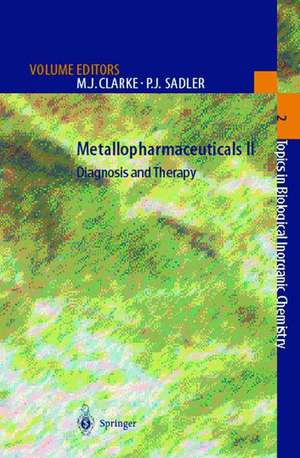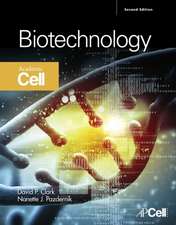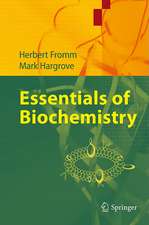Metallopharmaceuticals II: Diagnosis and Therapy: Topics in Biological Inorganic Chemistry, cartea 2
Editat de Michael J. Clarke, Peter J. Sadleren Limba Engleză Hardback – 13 aug 1999
| Toate formatele și edițiile | Preț | Express |
|---|---|---|
| Paperback (1) | 1213.79 lei 6-8 săpt. | |
| Springer Berlin, Heidelberg – 28 sep 2011 | 1213.79 lei 6-8 săpt. | |
| Hardback (1) | 1219.77 lei 6-8 săpt. | |
| Springer Berlin, Heidelberg – 13 aug 1999 | 1219.77 lei 6-8 săpt. |
Preț: 1219.77 lei
Preț vechi: 1487.54 lei
-18% Nou
Puncte Express: 1830
Preț estimativ în valută:
233.40€ • 244.34$ • 193.13£
233.40€ • 244.34$ • 193.13£
Carte tipărită la comandă
Livrare economică 05-19 aprilie
Preluare comenzi: 021 569.72.76
Specificații
ISBN-13: 9783540653080
ISBN-10: 3540653082
Pagini: 232
Ilustrații: X, 216 p.
Dimensiuni: 155 x 235 x 18 mm
Greutate: 0.5 kg
Ediția:1999
Editura: Springer Berlin, Heidelberg
Colecția Springer
Seria Topics in Biological Inorganic Chemistry
Locul publicării:Berlin, Heidelberg, Germany
ISBN-10: 3540653082
Pagini: 232
Ilustrații: X, 216 p.
Dimensiuni: 155 x 235 x 18 mm
Greutate: 0.5 kg
Ediția:1999
Editura: Springer Berlin, Heidelberg
Colecția Springer
Seria Topics in Biological Inorganic Chemistry
Locul publicării:Berlin, Heidelberg, Germany
Public țintă
ResearchCuprins
Magnetic Resonance Imaging (MRI) Contrast Agents.- Metalloradiopharmaceuticals.- Polyoxometalates and Fullerenes as Anti-HIV Agents.- Vanadium-Containing Insulin Drugs.- Bismuth Antiulcer Complexes.- Chrysotherapy: Gold-Drug Metabolism and Immunochemistry.
Textul de pe ultima copertă
Inorganic compounds offer much scope for the design of novel and therapeutic agents. The widespread use of paramagnetic metal complexes as effective contrast agents for magentic resonsance imaging (e.g. Gd) demonstrates that the toxicity of metals can be finely controlled via the approriate choice of ligands. The succcessful targeting of radioisotopes again depends on ligand design and metal oxidation state. Bismuth and gold complexes have long been used in medicine but only recently have advances been made in understanding the molecular basis of their mechanism of action. New areas with clinical potential include the use of polyoxometallates and fullerenes as antiviral agents and vanadium complexes as insulin mimetics.
Caracteristici
The companion book series to the Journal of Biological Inorganic Chemistry. Includes supplementary material: sn.pub/extras











